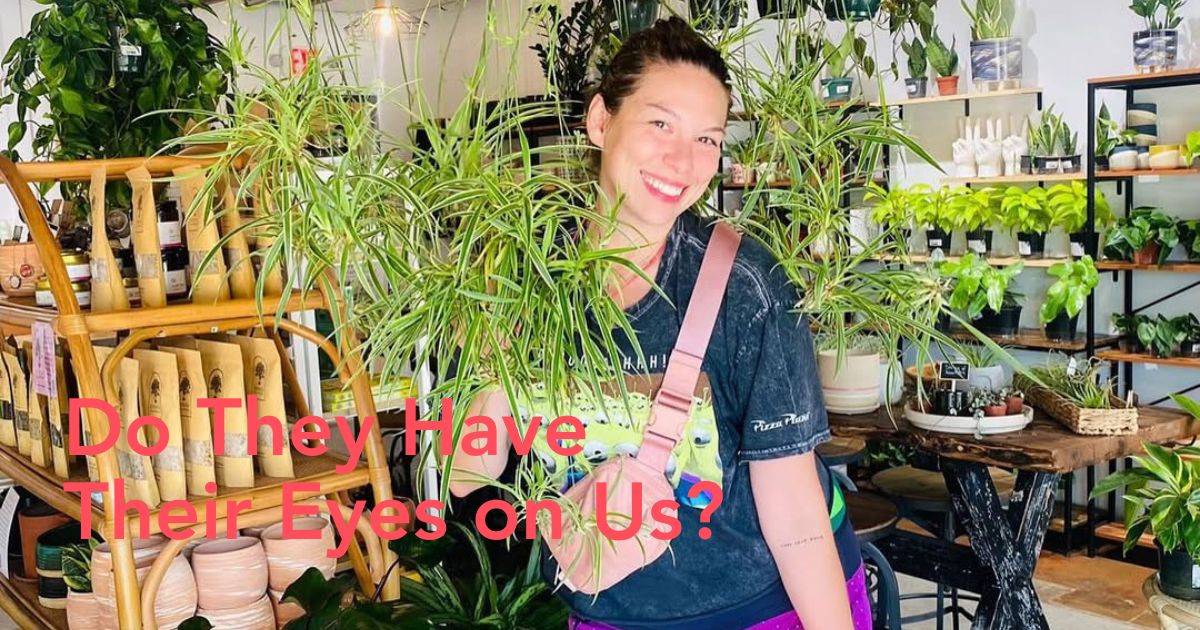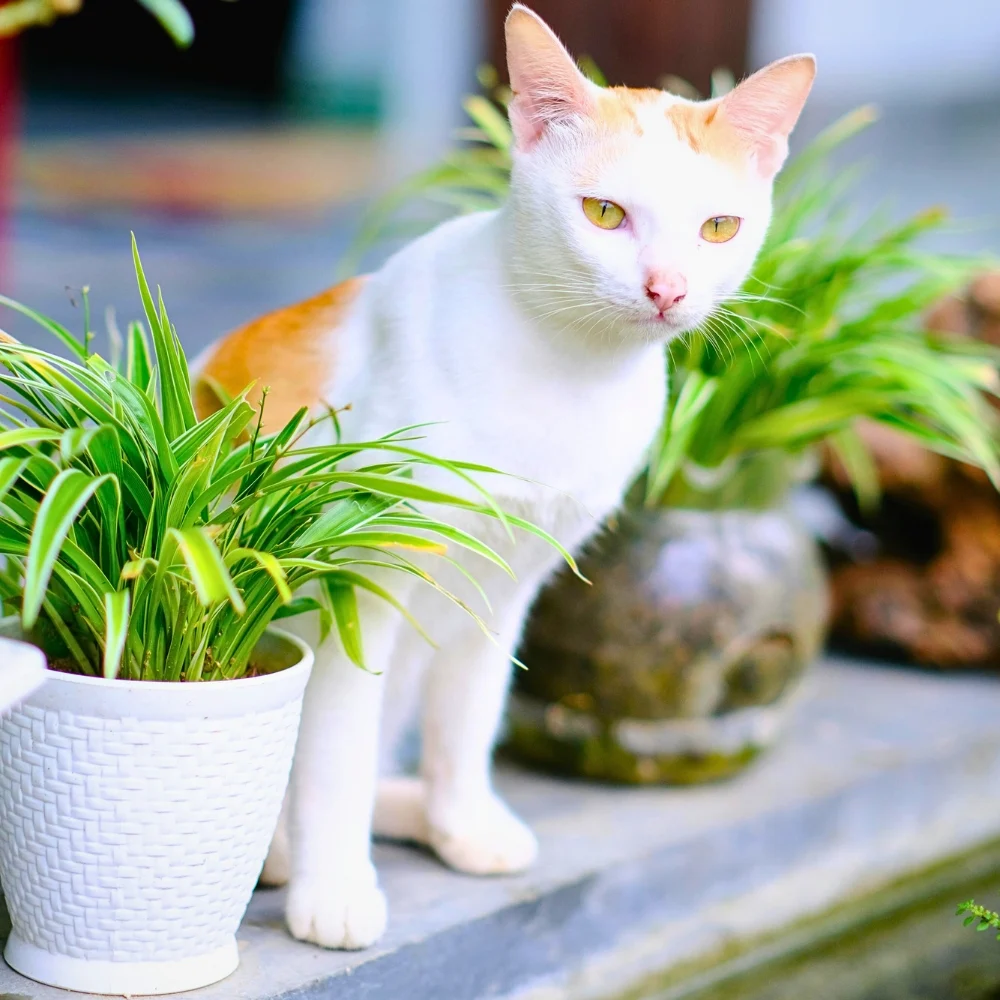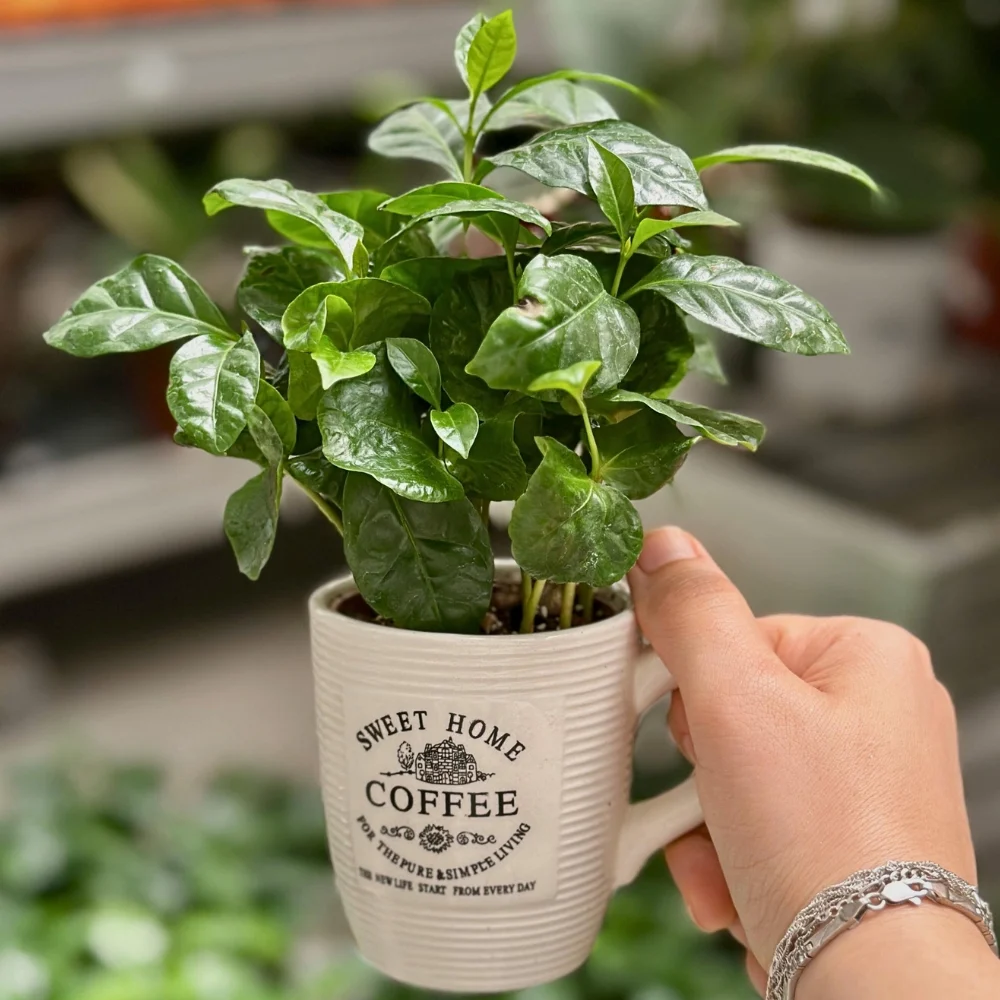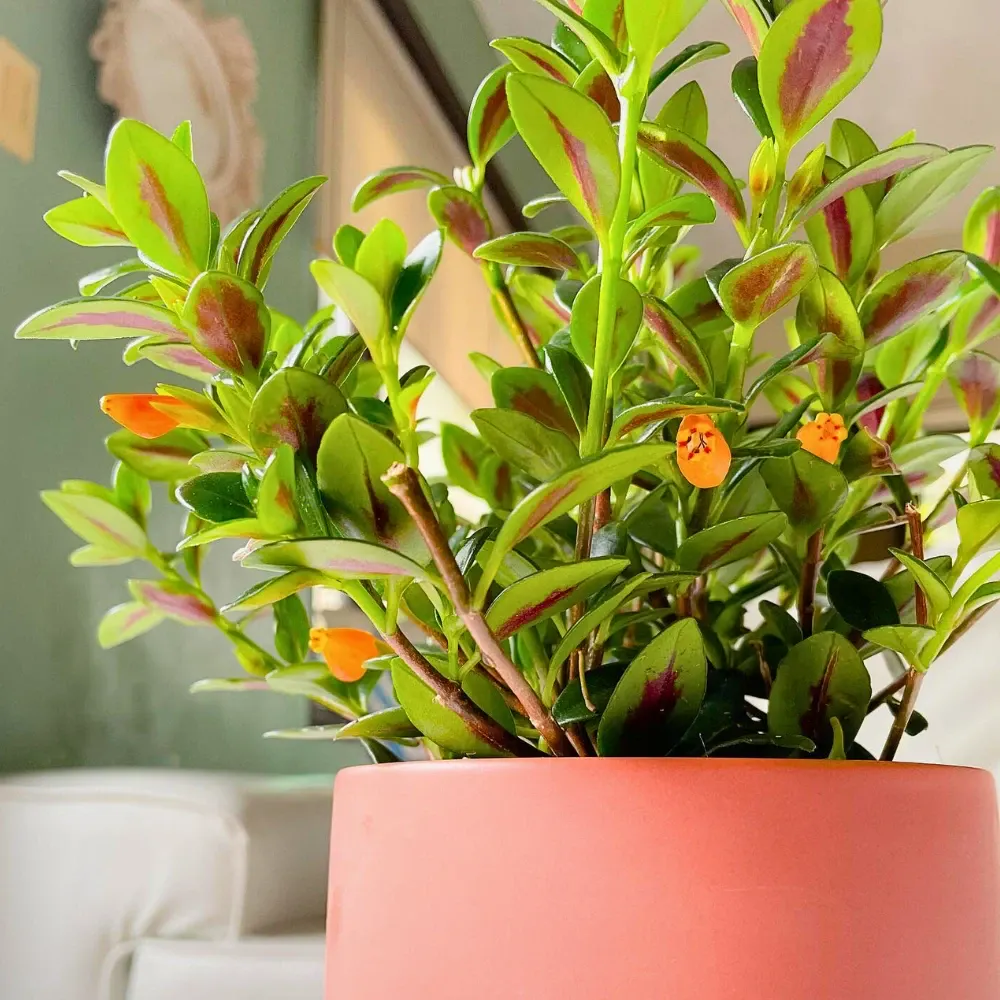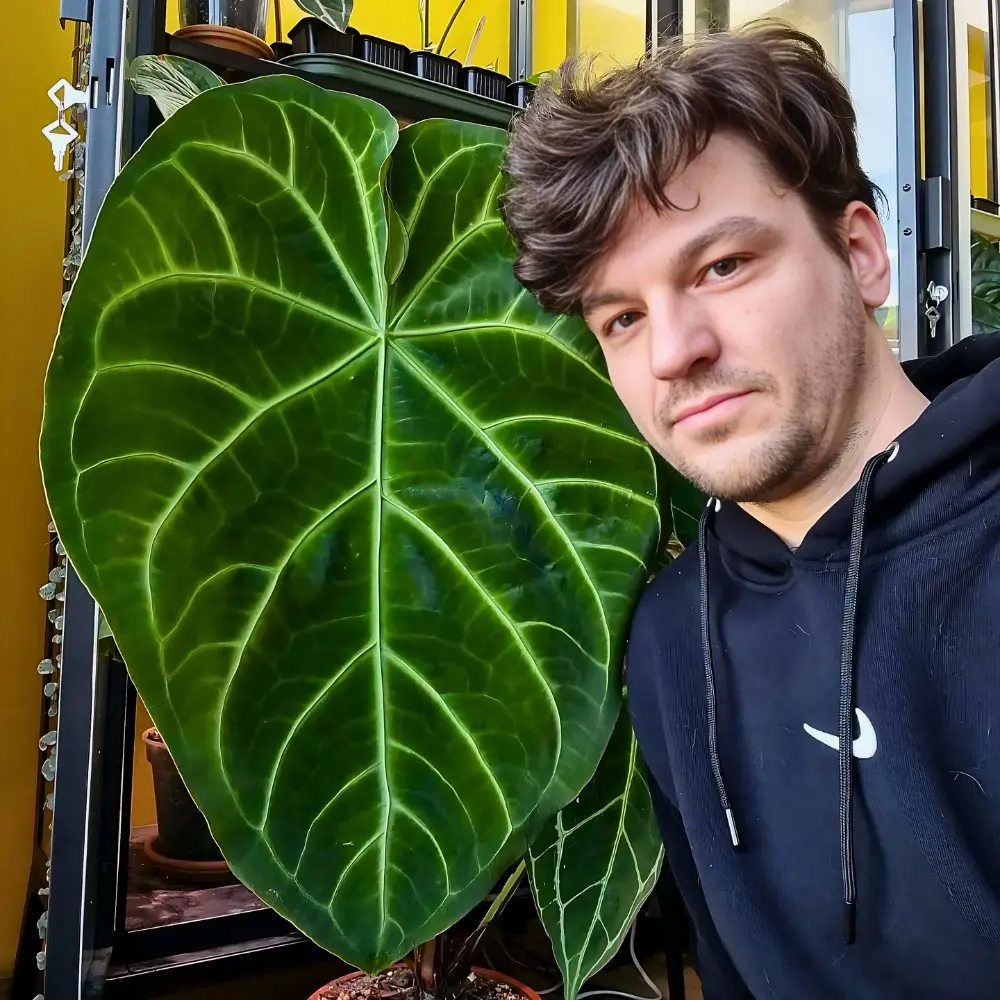You know what? That plant in your home could be watching you! That shouldn't scare you, though. Plants may seem quite unassuming and rooted to a spot – on the ground or in a pot – unaware of their surroundings, but this couldn't be further from the whole truth. They have unique ways of ‘seeing’ and sensing the world about them; a world that is oftentimes invisible to humans.
When people think of sight, they often envision the complex process of light entering our eyes, being refracted by the lens, and landing on the retina to form an image. However, for plants, this is different. Lacking eyes and a nervous system, they possess a unique form of 'sight' that aids and sustains their survival and growth.
Can Plants See Us? Or Is It Just a Far-Fetched Theory?
Practically all around us, there are plants, whether indoors, outdoors, or in other interior spaces. Think of that fiddle leaf fig you have in your living room, the glossy potted rubber plant in your lounge, the spider plants, Philodendron, or Aloe Vera you have in indoor spaces, and many more in your outdoor spaces. Do you ever think they can see you? Because, just like humans, they have 'emotions' and can express how they feel!
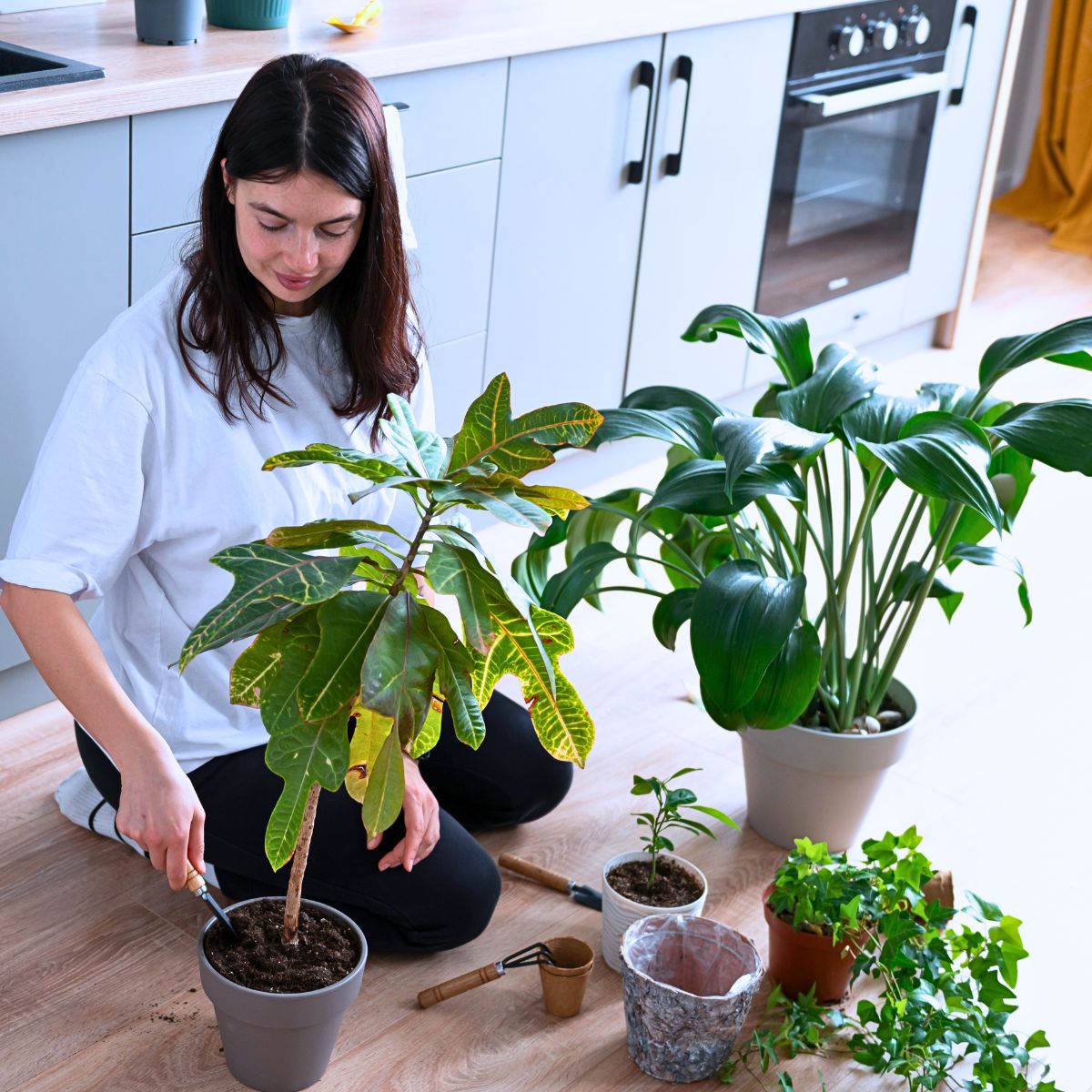
Photo by freepik
Well, while the concept of plants’ sight may seem far-fetched, there have been studies and scientific developments that shed light on the fascinating ways through which plants perceive their surroundings. In 1907, for instance, Francis Darwin, a British botanist who studied plant movements, stomata, and transpiration — he was a botanist and naturalist, Sir Charles Darwin's son — hypothesized that leaves have organs that are a combination of lens-like cells and light-sensitive cells.

Experiments in the early 20th century seemed to confirm the existence of such structures, similar to the structures called ocelli. Also known as simple eyes, ocelli — whose name is derived from the Latin word 'oculus' — are light-detecting organs found in various animals, including insects and some invertebrates. Nonetheless, the idea of plants being able to 'see' fell by the wayside, at least until later years.
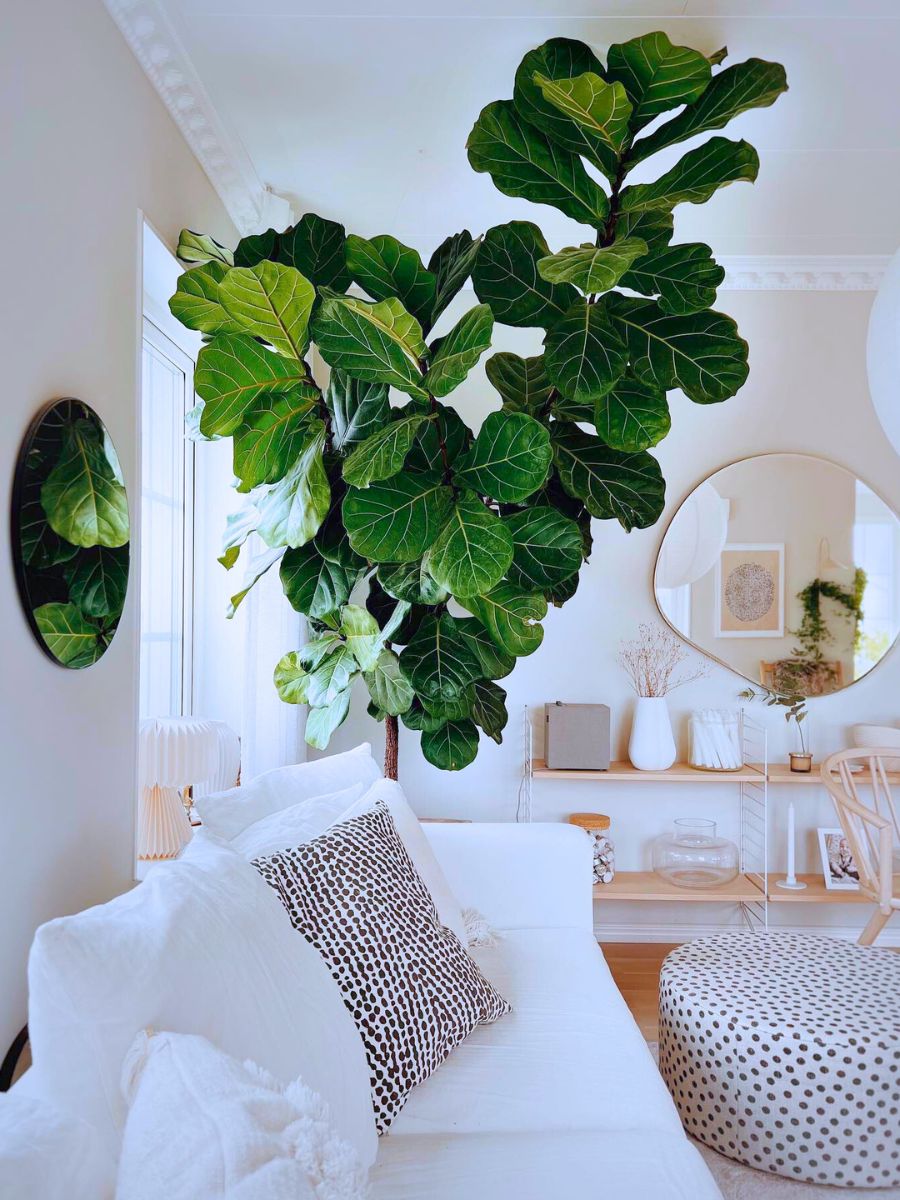
Photo by @interiorbysarahstrath
Do Plants Have Eyes? Scientists Investigate
In recent years, research has implied that plants are, indeed, capable of vision and may even have something similar to an eye. František Baluška, a plant cell biologist, and Stefano Mancuso, an Italian plant physiologist, and professor at the Agriculture, Food, Environment, and Forestry Department at the University of Florence, presented new shreds of evidence for visually aware vegetation.
The duo point to the 2016 discovery that 'Synechocystis cyanobacteria', single-celled organisms capable of photosynthesis, act like ocelli. These unicellular, freshwater cyanobacteria use their entire cell bodies as a lens to focus an image of a light source at the cell membrane, just like the retina of an animal eye.
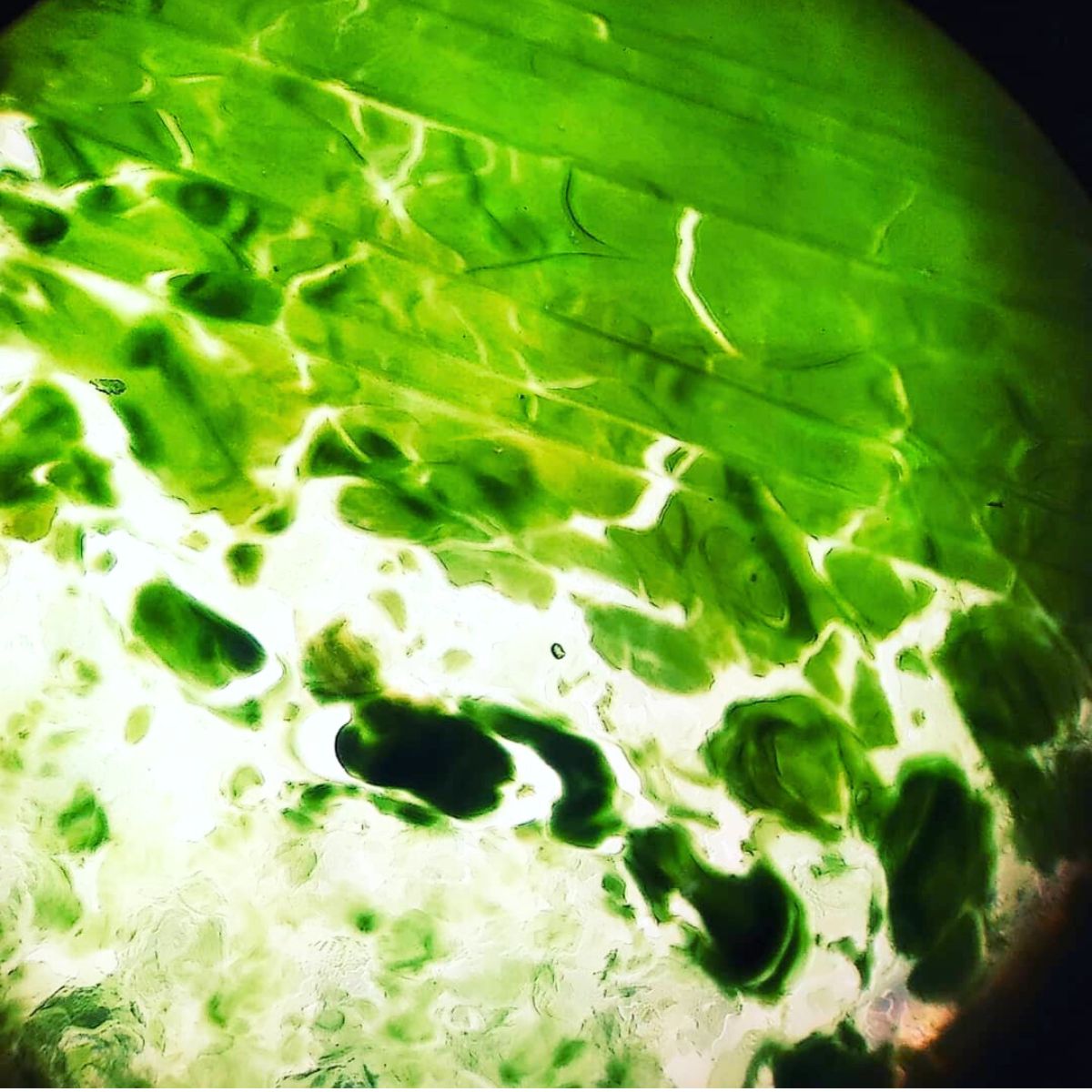
More research showed that some plants, like Arabidopsis, make proteins that are involved in the development and functioning of eyespots, the ultrabasic eyes found in some single-celled organisms. These proteins appear in structures called plastoglobuli, which are known for giving autumn leaves their red and orange hues.
A 2021 study sparked a debate within the scientific community on the general topic of plant sight. Independent researcher Jacob White and University of Bonn graduate student Felipe Yamashita claimed to have found evidence that Boquila trifoliolata plants can ‘see’ other plants' leaves, and mimic their appearance, thus blending with their planty surroundings. This vine possesses a sneaky behavior, according to scientists. However, for the study, experts raised concerns about its design and potential conflicts of interest. This casts doubt on its validity.
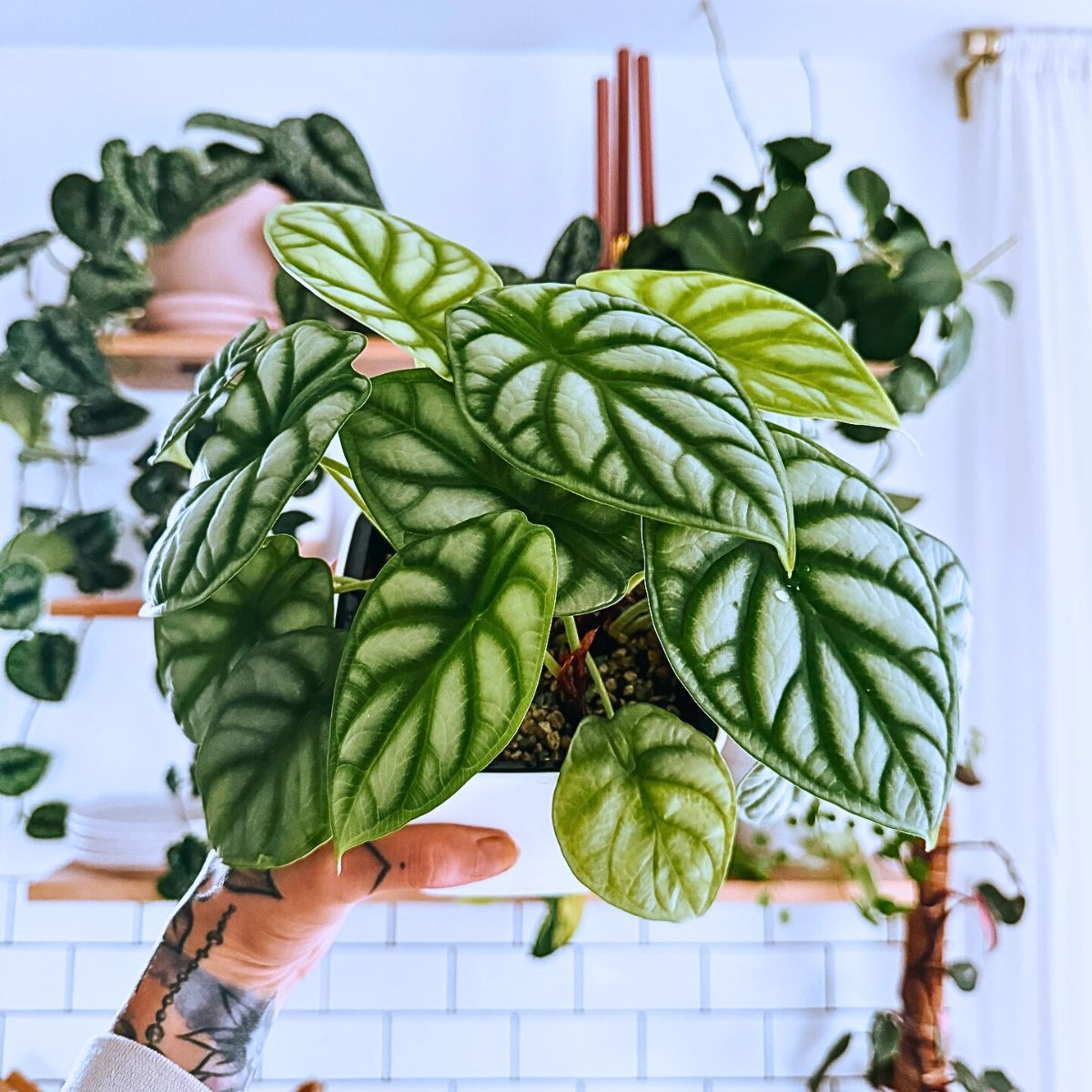
Photo by @laura_pigeon
The Basics of Plant ‘Sight’: How Plants Sense the World
Plants sense light, touch, chemicals, microbes, animals, and temperature uniquely. Quite unlike humans, they do not form images or perceive depth. Instead, they detect light through specialized proteins called photoreceptors, which are found throughout a plant's body, including its stems and leaves. These photoreceptors are important for the plant’s essential functions, including the development and regulation of the plant's circadian rhythm.
The photoreceptors detect different wavelengths, allowing them to sense light. This, in turn, enables plants to distinguish between red and blue light and even perceive wavelengths beyond human capabilities, such as far-red and ultraviolet light. Plants can, therefore, differentiate between red and blue light and even ‘see’ wavelengths that people cannot.
They can perceive the direction from where light comes from, tell whether it is intense or dim, and judge how long ago the lights were turned off. This ability to sense light is crucial for photosynthesis, as plants need to detect light sources to get food.
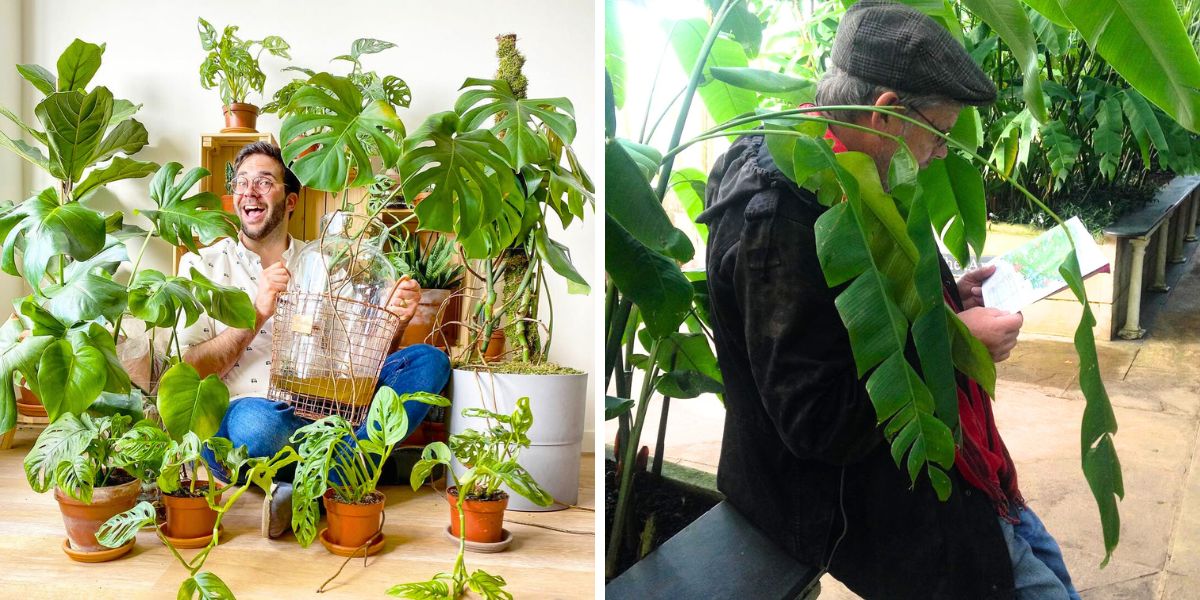
Plants also have specialized sensory organs called mechanoreceptors that detect mechanical stimulation like touch and pressure. Mechanoreceptors often look like fine hairs, and when touched, they cause a shift in charged compounds from one side of the cell to the other. This is detected as a signal by the plant.
More than that, plants can communicate with themselves, other neighboring plants, and other organisms by releasing chemical compounds into the air or from their roots. These communication strategies are for beneficial and defensive purposes. For instance, receptors in the roots of legumes can distinguish between beneficial and harmful bacteria.

They can also sense and attract animals through the use of chemical language, or scents that attract pollinators. Some of these scents are specific to a particular plant-pollinator relationship. What is more, these same plants can sense temperature, which has a key role in their life cycle. They, for instance, drop their leaves in autumn, go dormant in winter, flower in spring, and disperse seeds in the summer. Their ability to sense temperature is heavily influenced by the process of vernalization. This is the process through which they sense and remember protracted cold temperatures.
Plants’ ‘Sight’ Helps Them to Survive and Thrive
Plants' ability to sense and detect light is crucial for their survival and growth. They need light to carry out photosynthesis and have evolved sophisticated ways of reacting to this light. Sunflowers, for instance, track the sun's path through the sky. Some houseplants lean towards the nearest window or sunlight.
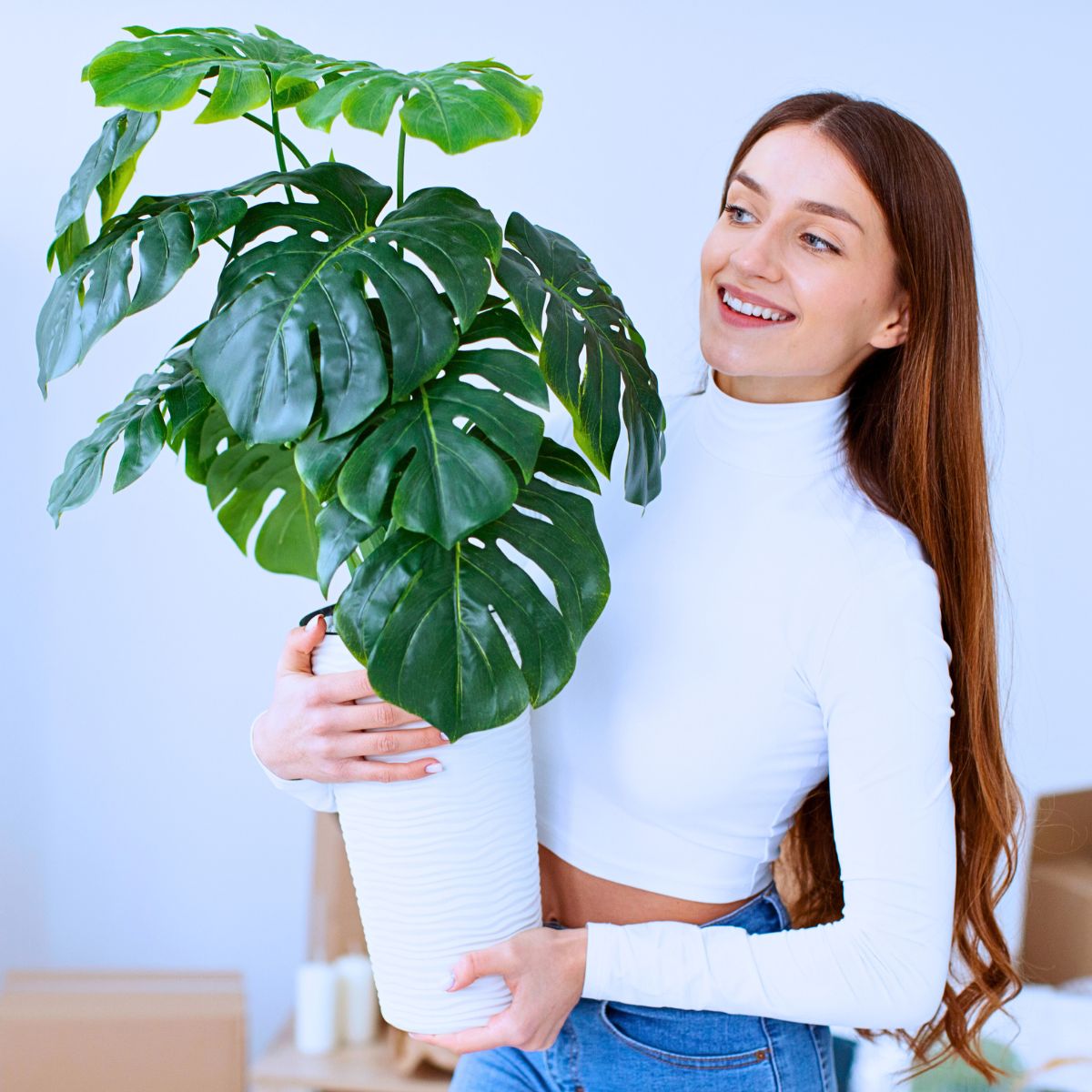
Photoperiodism is the process through which plants can measure the length of day. When irradiated with red light, phytochromes change their conformation, acting as light-activated switches that detect far-red light. Long-day plants, therefore, only flower when days are at their longest, while short-day plants have the opposite response. Day-neutral plants (DNPs), on the other hand, flower regardless of the length of day or night. The mechanism behind photoperiodism involves photoreceptor proteins like phytochrome and cryptochrome, which help these plants sense changes in light duration and trigger appropriate growth responses
Phytochromes, for instance, help plants detect red light. When exposed to red light, they change their conformation, acting as light-activated switches that detect far-red light. This mechanism guides plants’ growth and development by allowing them to respond to changing light conditions and optimizing their energy intake.
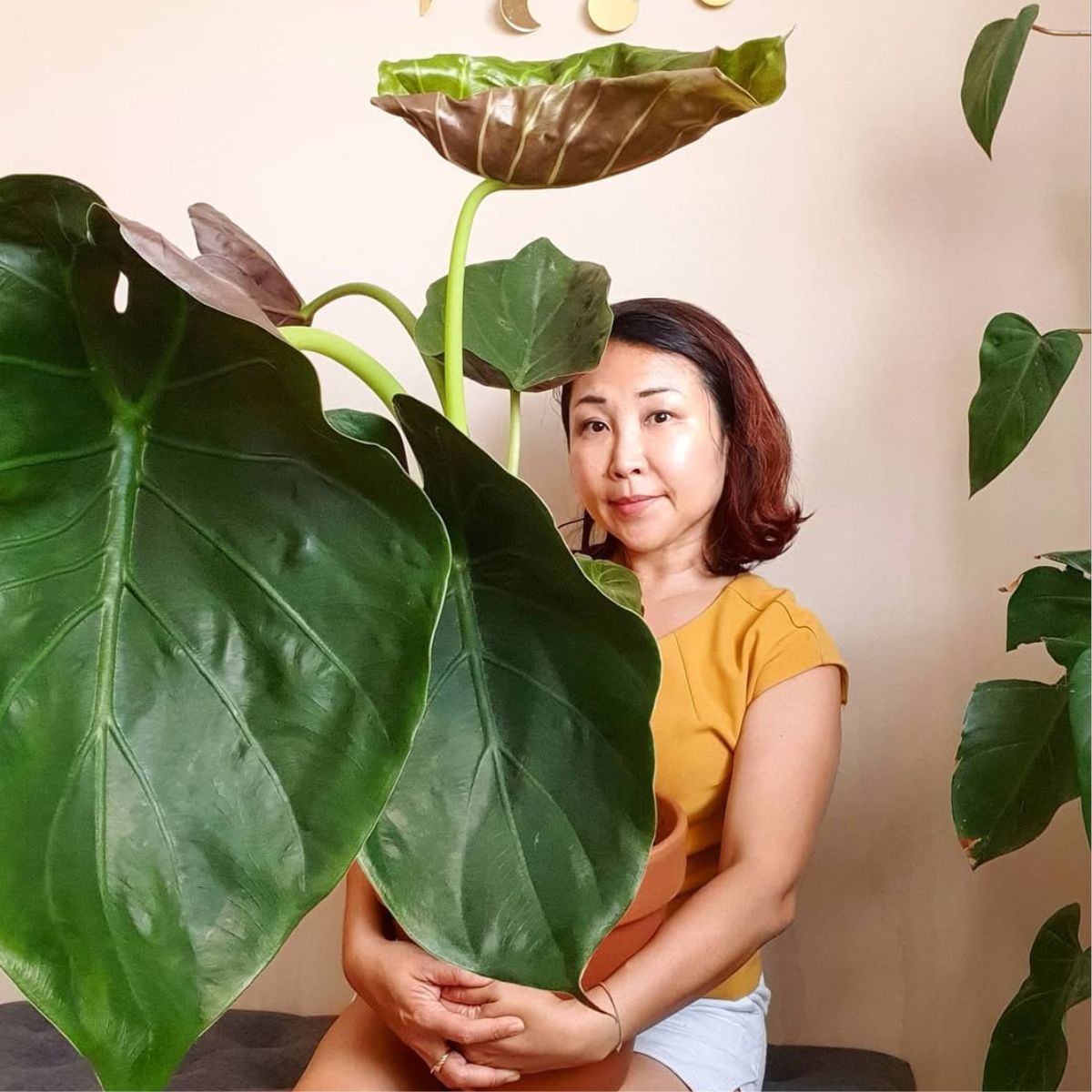
Plants’ visual appeal is also an important feature of their survival and ability to thrive. Color is a key element in engaging people’s sense of sight. For instance, in a garden, plants with attention-grabbing colors and visual textures enhance the sensory experience in the garden. Bright and bold flowers, native wildflowers, and ornamental grasses are examples of plants that can stimulate humans’ sense of sight, and even pollinators that ensure their survival.
Plant ‘sight’ also enables them to adapt to their environment. For instance, a study published in 2018 showed that plants can detect neighboring plants and modify their growth patterns to avoid competition for light and other resources. Moreover, some plants can detect the color of their surroundings and adjust their leaf shape and size accordingly, maximizing their ability to capture light.

All the same, while the evidence for the existence of eyelike features in higher plants remains limited, it is growing. The challenge is to just confirm earlier research and fully understand plants' rudimentary sight and how they use it. That said, the question of whether plants can, really, see us remains just that: a question. At least for now!

